Environmental Degradation: Types, Causes, Effects, and Solutions
- August 23, 2024
- 0 comment
Environmental degradation is a pressing issue that impacts every corner of our planet. It refers to the deterioration of the natural environment through various human activities and natural processes. This phenomenon encompasses a range of problems, from pollution and deforestation to climate change and loss of biodiversity. We’ll explore what environmental degradation is, the different types it takes, its causes and effects, and discuss some potential solutions to help mitigate its impact. Understanding these aspects is crucial for taking effective action to protect and restore our environment for future generations.
What is Environmental Degradation?
Environmental degradation is the deterioration of the natural environment due to the depletion of resources like air, water, and soil, as well as the destruction of ecosystems and loss of wildlife. Activities such as deforestation and industrial pollution disrupt ecosystems, reduce biodiversity, and impact climate patterns. For example, deforestation not only removes vital forest cover but also affects the planet’s ability to absorb CO₂. Pollution from industrial sources contaminates air and water, leading to health problems for both humans and wildlife.
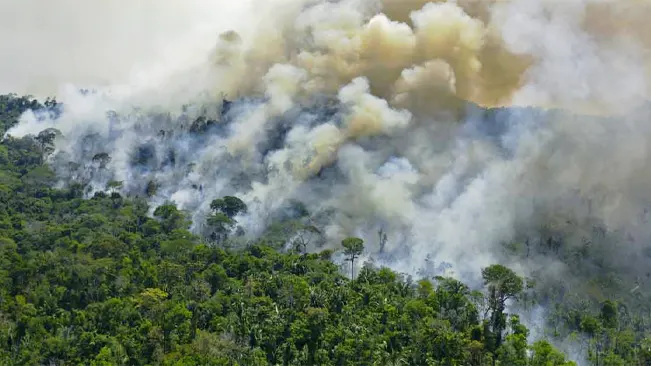
The impacts of environmental degradation are widespread, including loss of biodiversity, polluted water sources, and reduced soil fertility, which affects food security. To address these issues, it is essential to implement stricter environmental regulations, adopt sustainable practices, and enhance public awareness. Restoring ecosystems, reducing emissions, and promoting conservation are key to reversing environmental damage and ensuring a healthier planet for future generations.
Different Types of Environmental Degradation
1. Air Pollution
Air pollution occurs when harmful substances, including gases, particulates, and biological molecules, are introduced into the atmosphere. Common pollutants include carbon monoxide (CO), which is produced from incomplete combustion of fossil fuels and can reduce the blood’s ability to carry oxygen; sulfur dioxide (SO₂), primarily emitted from burning fossil fuels and industrial processes, leading to acid rain; and nitrogen oxides (NOx), which contribute to smog and respiratory problems.
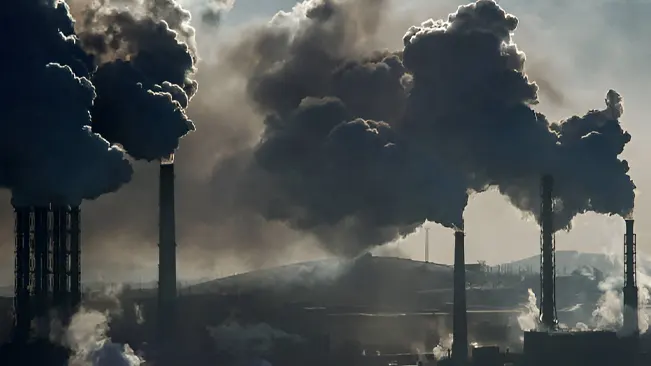
Particulate matter (PM), tiny particles or droplets in the air, can penetrate deep into the lungs and even enter the bloodstream. These pollutants originate from industrial activities, vehicle emissions, and agricultural practices. Air pollution not only leads to respiratory issues like asthma and bronchitis but also contributes to cardiovascular diseases and exacerbates pre-existing health conditions. Additionally, it plays a significant role in climate change by increasing the concentration of greenhouse gases like CO₂ and methane, which trap heat in the atmosphere and disrupt global climate patterns.
2. Water Pollution
Water pollution involves the contamination of water bodies such as rivers, lakes, and oceans. This contamination can stem from industrial discharges, agricultural runoff, and improper waste disposal. Industrial activities often release hazardous chemicals and heavy metals like mercury and lead into water bodies, which can poison aquatic life and accumulate in the food chain. Agricultural runoff, which carries fertilizers and pesticides, can lead to nutrient overloads that cause algal blooms, deplete oxygen levels, and result in dead zones where aquatic life cannot survive.
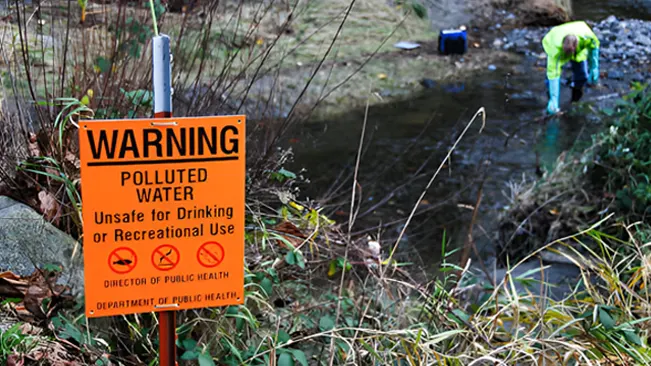
Improper waste disposal, including untreated sewage and plastics, further degrades water quality, poses risks to human health through diseases, and impacts the biodiversity of aquatic ecosystems. Contaminated water sources can lead to serious health issues such as gastrointestinal infections, cholera, and other waterborne diseases, making water pollution a critical public health concern.
3. Soil Degradation
Soil degradation refers to the decline in soil quality and productivity due to various factors, including erosion, salinization, and contamination. Soil erosion, often caused by deforestation, overgrazing, and improper land management, removes the fertile topsoil necessary for plant growth, leading to reduced agricultural yields and increased sedimentation in water bodies. Salinization occurs when the accumulation of salts in the soil, often due to improper irrigation practices, renders the land less productive.
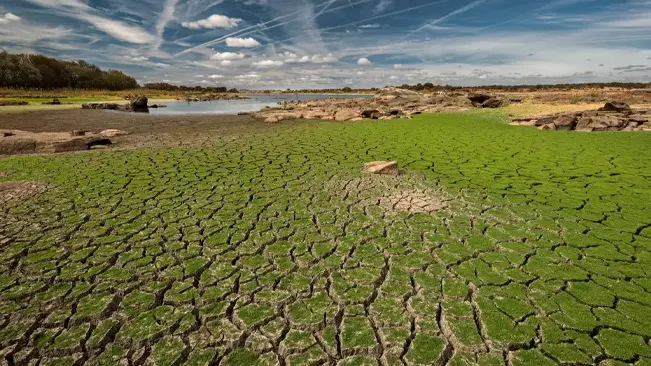
Soil contamination from the use of pesticides, herbicides, and heavy metals from industrial activities can further degrade soil health, affecting its fertility and its ability to support plant life. This degradation can result in reduced crop production, loss of arable land, and diminished ecosystem services such as water filtration and nutrient cycling, impacting both food security and environmental health.
4. Deforestation
Deforestation is the large-scale removal of forests for purposes such as agriculture, logging, and urban development. The clearing of forests leads to a significant loss of biodiversity as countless species lose their natural habitats. Forests play a crucial role in regulating the water cycle by absorbing and releasing water, thus preventing floods and maintaining groundwater levels. The loss of forest cover disrupts these processes, leading to altered rainfall patterns and increased soil erosion.
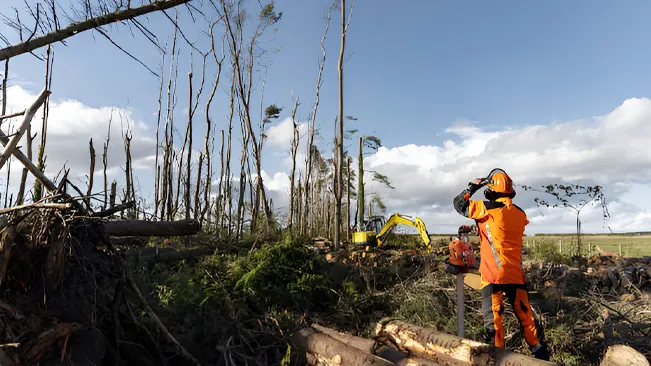
Additionally, trees act as carbon sinks, absorbing CO₂ from the atmosphere. Their removal increases atmospheric CO₂ levels, contributing to global warming and climate change. Deforestation also negatively impacts indigenous communities who rely on forests for their livelihoods and cultural practices, further exacerbating social and environmental challenges.
5. Desertification
Desertification is the process by which fertile land becomes increasingly arid and desert-like due to a combination of factors, including prolonged drought, deforestation, and poor land management practices. Overgrazing by livestock, deforestation, and unsustainable agricultural practices can strip the land of its vegetation, leading to soil erosion and loss of nutrients.
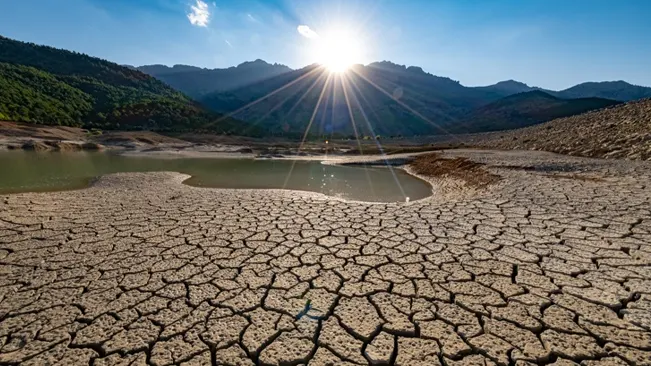
As the land loses its ability to support plant life, it becomes more vulnerable to erosion by wind and water, further exacerbating the problem. Desertification reduces agricultural productivity, leading to food shortages and displacement of communities. The transformation of productive land into desert also increases vulnerability to natural disasters like sandstorms and floods, which can have severe impacts on both the environment and human populations.
6. Loss of Biodiversity
Loss of biodiversity involves the decline or extinction of species due to habitat destruction, climate change, pollution, and overexploitation. Habitat destruction, driven by deforestation, urbanization, and land conversion for agriculture, fragments ecosystems and isolates species, making it difficult for them to survive. Climate change alters temperature and precipitation patterns, affecting species distributions and leading to shifts in ecosystems.
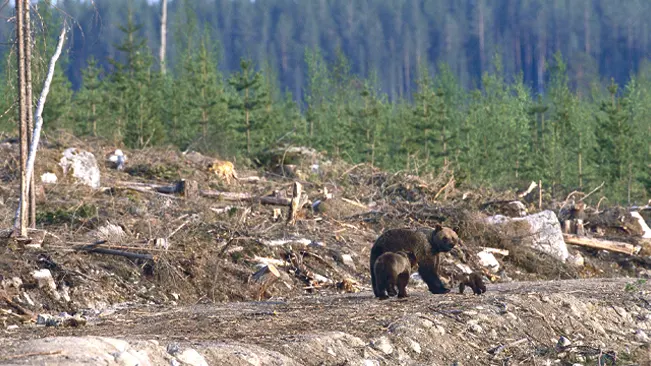
Pollution introduces harmful substances into habitats, which can poison plants and animals and disrupt reproductive processes. Overexploitation, such as overfishing and hunting, depletes species populations faster than they can replenish. The reduction in biodiversity impacts ecosystem stability and resilience, affecting critical services such as pollination, water purification, and soil fertility, and undermining the ability of ecosystems to adapt to changes.
7. Climate Change
Climate change refers to long-term shifts in temperature and weather patterns primarily driven by human activities, such as burning fossil fuels, deforestation, and industrial processes. The accumulation of greenhouse gases, including CO₂, methane (CH₄), and nitrous oxide (N₂O), traps heat in the atmosphere and leads to global warming. This warming results in more frequent and severe weather events, such as heatwaves, storms, and heavy rainfall. Rising sea levels due to the melting of polar ice caps and glaciers pose a threat to coastal communities and ecosystems.
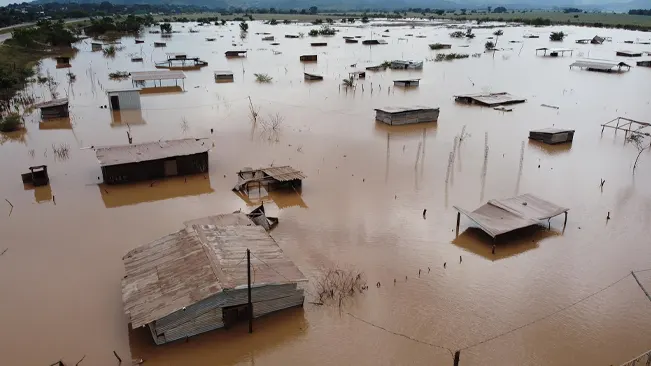
Changes in climate affect ecosystems and species distributions, potentially leading to shifts in habitat ranges and disruptions to food chains. The impacts of climate change are broad and interconnected, affecting agricultural productivity, water resources, and human health, and necessitate global efforts to mitigate and adapt to its effects.
Causes Of Environmental Degradation
Industrial Activities
Industrial activities contribute significantly to environmental degradation through the emission of pollutants and improper waste disposal. Factories and power plants release harmful gases such as sulfur dioxide (SO₂) and nitrogen oxides (NOx) into the atmosphere. These pollutants not only contribute to smog and respiratory issues but also lead to the formation of acid rain, which can damage forests, water bodies, and soil.
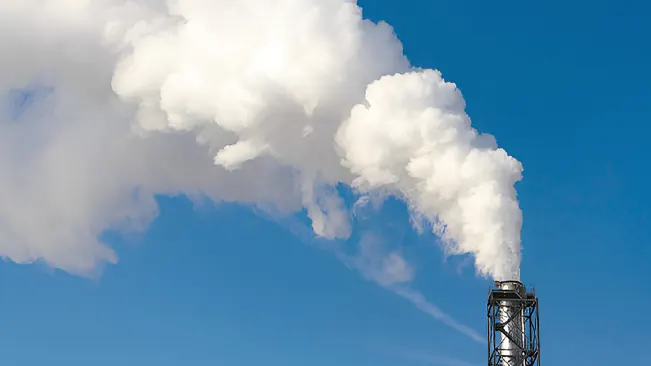
Industrial processes also generate large quantities of waste, including hazardous chemicals and heavy metals, which often find their way into rivers and oceans. This contamination degrades water quality, harms aquatic life, and disrupts ecosystems. Moreover, the thermal pollution from industrial cooling processes can raise water temperatures, negatively affecting aquatic organisms and ecosystems.
Deforestation
Deforestation, or the large-scale removal of forests, is driven by activities such as agriculture, logging, and urban development. The clearing of forests not only results in a loss of biodiversity, as species lose their natural habitats, but also disrupts critical ecological processes. Forests play a crucial role in sequestering carbon dioxide (CO₂), a greenhouse gas that contributes to climate change.

When trees are cut down, this carbon storage capacity is lost, and CO₂ is released into the atmosphere. Additionally, deforestation increases soil erosion because tree roots, which stabilize the soil, are removed. This erosion can lead to reduced soil fertility, making it harder to grow crops and leading to the degradation of land.
Agricultural Practices
Modern agricultural practices can lead to significant soil degradation and environmental harm. Overgrazing by livestock depletes vegetation, which can lead to soil erosion and desertification. Monoculture, the practice of growing a single crop over large areas, reduces soil biodiversity and can deplete soil nutrients.

The excessive use of chemical fertilizers and pesticides contributes to soil and water pollution. Runoff from fields can carry these chemicals into nearby water bodies, causing eutrophication, which depletes oxygen levels and harms aquatic life. Soil degradation also reduces the land’s ability to absorb water, increasing the risk of flooding and reducing agricultural productivity.
Urbanization
The expansion of urban areas often leads to significant environmental changes, including habitat destruction and increased pollution. As cities grow, natural landscapes are replaced by buildings, roads, and other infrastructure. This development leads to habitat loss and fragmentation, making it difficult for wildlife to find suitable living spaces.

The increase in impervious surfaces, such as asphalt and concrete, reduces natural groundwater recharge and increases surface runoff, which can contribute to flooding and erosion. Urban areas also tend to have higher pollution levels from vehicle emissions, industrial activities, and waste production, further impacting air and water quality.
Overexploitation of Resources
Overexploitation of natural resources occurs when resources are used faster than they can be replenished. Overfishing depletes fish stocks and disrupts marine ecosystems, affecting species diversity and the health of ocean habitats. Excessive hunting can lead to the decline or extinction of wildlife populations, altering ecological balance.
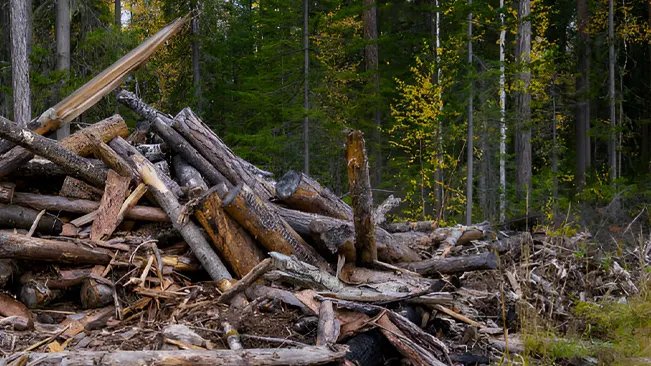
Unsustainable logging practices reduce forest cover, impacting biodiversity and disrupting local climate regulation. This overuse of resources not only affects the targeted species but also has cascading effects on entire ecosystems, reducing their resilience and functionality.
Pollution
Pollution arises from various sources, including industrial discharges, vehicle emissions, and improper waste disposal. Air pollution from factories, power plants, and vehicles introduces harmful substances such as particulate matter, carbon monoxide, and volatile organic compounds into the atmosphere. Water pollution results from contaminants like oil spills, heavy metals, and untreated sewage entering water bodies, affecting aquatic life and human health.
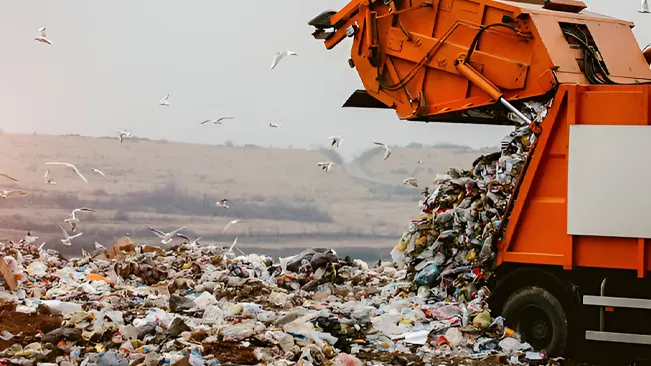
Soil pollution occurs when hazardous substances, such as pesticides and industrial chemicals, degrade soil quality and harm plant life. Pollution contributes to a range of environmental problems, including acid rain, climate change, and health issues for both humans and wildlife.
Climate Change
Climate change is driven primarily by human activities that increase greenhouse gas concentrations in the atmosphere. Burning fossil fuels for energy releases large amounts of carbon dioxide (CO₂) and methane (CH₄), which trap heat and cause global warming. Deforestation also contributes by reducing the planet’s capacity to absorb CO₂.
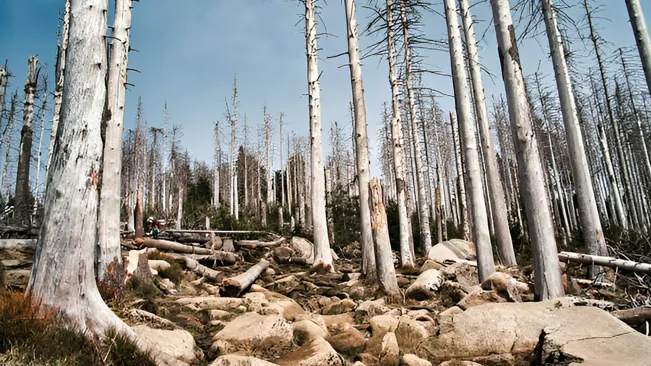
The effects of climate change include rising temperatures, melting polar ice caps, and more frequent extreme weather events such as hurricanes, droughts, and heatwaves. These changes disrupt ecosystems, affect species distributions, and impact human societies by altering agricultural productivity, water availability, and health risks.
Waste Generation
The generation of large amounts of waste, including plastics and hazardous materials, contributes to environmental degradation. Improper disposal of waste, such as dumping plastics and chemicals, leads to land and water contamination. Plastics, which do not decompose easily, accumulate in landfills and marine environments, harming wildlife and leaching harmful chemicals into the soil and water.

Hazardous waste, such as batteries and electronic waste, can release toxic substances into the environment if not properly managed. The lack of effective recycling and waste management systems exacerbates these problems, leading to increased pollution and environmental harm.
Solutions for Environmental Degradation
Addressing environmental degradation requires sustainable resource management and pollution reduction. Implementing practices such as sustainable agriculture, reforestation, and afforestation helps preserve natural resources and restore ecosystems. Transitioning to renewable energy sources and improving waste management through recycling and reducing single-use plastics further mitigate pollution and reduce environmental impact. Strong environmental policies and international agreements are also crucial for effective regulation and global cooperation.

Additionally, educating the public and raising awareness about environmental issues can drive positive change and encourage sustainable behaviors. Supporting conservation efforts and investing in research and innovation lead to new solutions and technologies for restoring ecosystems and promoting sustainability. Together, these actions help protect biodiversity, reduce pollution, and ensure a healthier planet for future generations.
Conclusion
In conclusion, environmental degradation is a pressing issue that harms our planet and its ecosystems. To tackle this challenge, we must focus on sustainable resource management, pollution reduction, and ecosystem restoration. Embracing renewable energy, improving waste management, and supporting conservation efforts are essential steps. By raising public awareness and implementing strong environmental policies, we can work together to protect and restore our environment, ensuring a healthier future for generations to come.
FAQs
- What is environmental degradation?
Environmental degradation refers to the deterioration of the natural environment due to the depletion of resources, destruction of ecosystems, and loss of biodiversity. It occurs through processes such as pollution, deforestation, and overexploitation of resources. - What are the main causes of environmental degradation?
The main causes include industrial activities, deforestation, unsustainable agricultural practices, urbanization, overexploitation of resources, pollution, climate change, and waste generation. - How does industrial activity contribute to environmental degradation?
Industrial activities release pollutants into the air, water, and soil, such as harmful gases and chemicals. These pollutants can lead to air and water pollution, soil contamination, and contribute to climate change. - What are the effects of environmental degradation?
The effects include loss of biodiversity, climate change, water pollution, soil degradation, air pollution, desertification, disruption of ecosystems, health impacts, and economic costs. - How can deforestation impact the environment?
Deforestation leads to habitat loss, decreased biodiversity, increased carbon dioxide levels, and soil erosion. It disrupts local and global climate patterns and affects the balance of ecosystems. - What are some solutions to combat environmental degradation?
Solutions include adopting sustainable resource management practices, reducing pollution, promoting reforestation and afforestation, enhancing conservation efforts, improving waste management, and transitioning to renewable energy sources. - How can individuals contribute to reducing environmental degradation?
Individuals can reduce their environmental impact by practicing recycling, reducing waste, using energy-efficient appliances, supporting sustainable products, conserving water, and raising awareness about environmental issues. - Why is public awareness important in addressing environmental degradation?
Public awareness is crucial because it drives collective action, encourages sustainable behaviors, and supports policies that protect the environment. Educated individuals are more likely to make informed choices and advocate for environmental conservation. - What role do governments play in addressing environmental degradation?
Governments play a key role by enacting and enforcing environmental regulations, supporting conservation initiatives, investing in sustainable technologies, and participating in international agreements to address global environmental challenges. - How can businesses contribute to environmental protection?
Businesses can contribute by adopting sustainable practices, reducing waste and emissions, using eco-friendly materials, and supporting conservation projects. Corporate social responsibility and compliance with environmental regulations are also important.

Joel Cunningham
Forestry AuthorI'm Joel Cunningham, an expert in pruning and weed management with over a decade of experience. My skills are rooted in formal training and extensive practice, focusing on advanced pruning techniques and efficient weed control. I'm known for my quality work, precision, and deep understanding of plant health and soil dynamics. My contributions extend to educational initiatives where I share sustainable practices and advice, establishing myself as a reliable and authoritative figure in the gardening community.

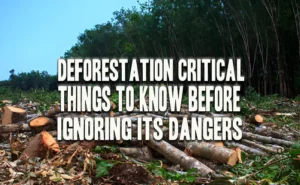
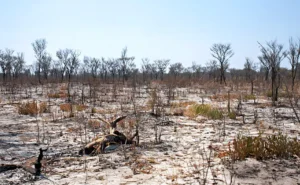


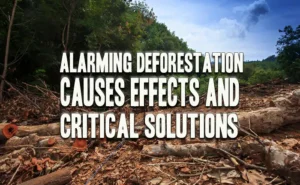
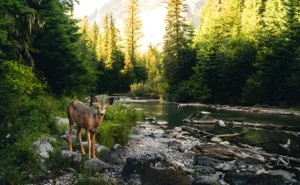


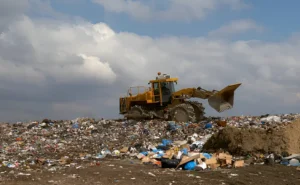



Leave your comment